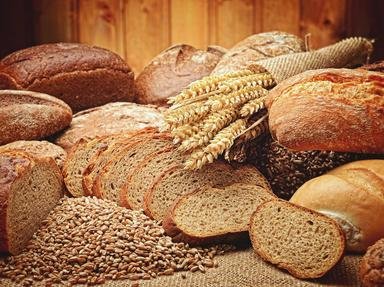Quiz Answer Key and Fun Facts
1. First you will need some starter. When making sourdough starter, which of the following ingredients should not be used?
2. Sourdough is a living thing. It needs to be fed. Which of following flours should not be used to feed your starter?
3. Once you have sourdough starter, you'll need to store it properly. Which of the following is the most common method of storing it?
4. For how long can a sourdough starter be kept alive in the refrigerator without being fed (when stored properly)?
5. Now you need to pick a type of sourdough bread to bake. Which of these breads cannot be a type of sourdough bread?
6. Great recipe! If you are a beginning sourdough bread baker, which of the following should you avoid?
7. Sourdough needs a warm (but not hot!) place to rise. Which of the listed methods will work the best?
8. One of my friends (a professional) caused a sourdough failure. How do you think he might have done that? (The wrong options won't cause a failure).
9. My family also made a major sourdough mistake. Which of the following would cause a problem?
10. Congratulations! You pull your first sourdough loaf from the oven! What do you do now?
Source: Author
celvet
This quiz was reviewed by FunTrivia editor
WesleyCrusher before going online.
Any errors found in FunTrivia content are routinely corrected through our feedback system.
